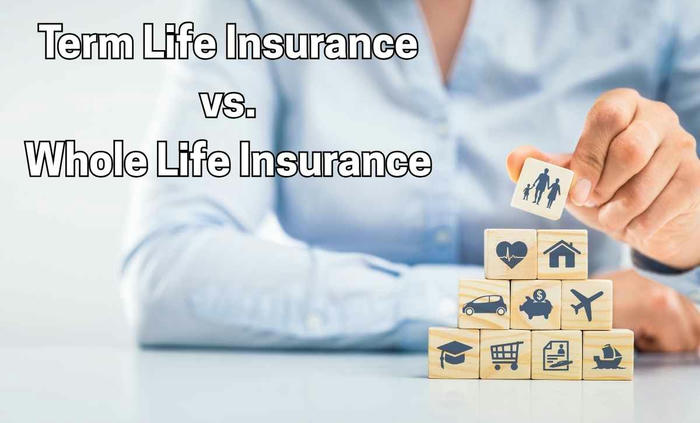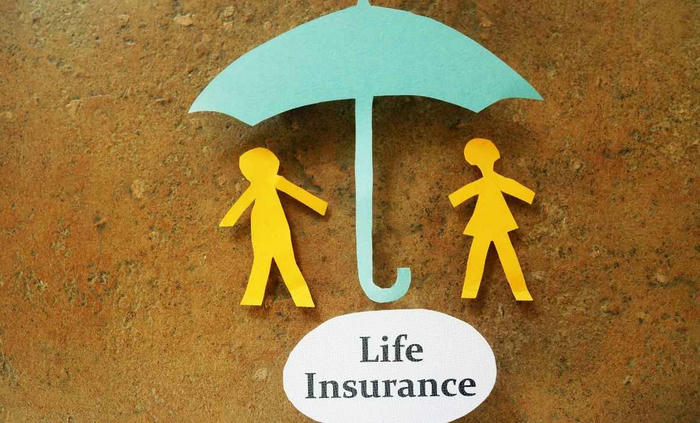Term vs. Whole Life Insurance: What’s Better for Families in 2025?
Choosing life insurance feels like picking between a rental apartment and buying a home - both provide shelter but with very different long-term value. With 2025's economic shifts, here's how families can navigate the term vs. whole life dilemma.

The Coverage Crossroads: Core Differences
Insurance Comparison at a Glance
| Feature | Term Life Insurance | Whole Life Insurance | Key Distinction |
|---|---|---|---|
| Duration | 10-30 years | Lifetime | Temporary vs permanent |
| Cost (Age 35) | $30-$50/month | $250-$500/month | 5-10x price difference |
| Cash Value | None | Tax-deferred growth | Savings component |
| Premium Stability | Increases at renewal | Fixed for life | Budget predictability |
| Flexibility | Convertible options | Loans/dividends | Accessing funds |
| Estate Planning | Death benefit only | Living benefits | Lifetime utility |
2025 Shift: Whole life dividend rates rose to 5-6% with higher interest rates
Cost Over Time: The Real Price Tag
20-Year Cost Projection ($500k Coverage)
| Year | Term Life | Whole Life | Cash Value Accumulation |
|---|---|---|---|
| 1-5 | $1,800 | $15,000 | $2,500 |
| 6-10 | $2,400 | $15,000 | $18,000 |
| 11-15 | $3,600 | $15,000 | $40,000 |
| 16-20 | $5,400 | $15,000 | $70,000 |
| Total Paid | $13,200 | $60,000 | $70,000 net value |
Break-Even Point: Whole life cash value surpasses premiums paid at year 15
When Term Life Wins
Ideal Scenarios for Term
• Young Families: Low-cost protection during child-rearing years
• Mortgage Coverage: Match policy length to loan term
• Business Loans: Key-person coverage for debt obligations
• Income Replacement: Replace lost earnings until retirement
• Budget Constraints: Maximize coverage per dollar
Smart Strategy: Layer 20-year + 30-year policies for staggered protection
Whole Life Advantages: Beyond Death Benefits
Living Benefits Utilization
• College Funding: Tax-free loans against cash value
• Emergency Fund: 3-5 day access to 90% of cash value
• Retirement Supplement: Tax-advantaged withdrawals after 59½
• Business Opportunities: Collateral for startup capital
• Disability Protection: Waiver of premium riders
2025 Perk: New hybrid policies allow 401(k)-style investment options
Family Profile Matching
Best Fit Recommendations
| Family Situation | Recommended Type | Coverage Amount | Special Considerations |
|---|---|---|---|
| New Parents | 30-year term | 10x income | Convertibility rider |
| High-Net-Worth | Whole life | Estate tax needs | Irrevocable trust setup |
| Special Needs | Whole life | Lifetime coverage | ABLE account integration |
| Business Owners | Term + whole | Debt + key person | Buy-sell agreement |
| Blended Family | Convertible term | Varying timelines | Beneficiary review |
Estate Alert: $13.5M+ estates need permanent coverage for tax liquidity
Riders That Change the Game
Valuable Add-Ons Comparison
| Rider | Term Cost | Whole Cost | Key Benefit |
|---|---|---|---|
| Convertibility | +10-15% | N/A | Switch to permanent later |
| Waiver of Premium | +8-12% | +5-8% | Pays if disabled |
| Child Protection | +$5/month | Included | Covers all children |
| Accelerated Death | +10% | +7% | Early terminal access |
| Long-Term Care | Not available | +15-20% | Nursing home coverage |
Must-Have: Convertibility rider preserves future options
2025 Economic Impact
Interest Rate Effects
• Term Policies: 15-20% cheaper due to longer life expectancy
• Whole Life: 5-6% dividend rates (up from 4%)
• Cash Value Growth: 4.5-5.5% annual returns projected
• Policy Loans: 5-6% interest (was 4-5%)
• Premium Financing: More attractive for high-net-worth
Inflation Hedge: Whole life cash value historically outpaces CPI by 1-2%

Hybrid Solutions: Best of Both Worlds
Blended Policy Strategies
• Term + Whole Combo: 70% term + 30% whole for balance
• Return of Premium Term: Higher cost but refunds premiums
• Universal Life: Flexible premiums with investment options
• Indexed Universal: Caps/floor market-linked growth
• Variable Universal: Sub-account investment control
Sweet Spot: $250k term + $250k whole provides coverage + cash value
Tax Advantages Deep Dive
Wealth Transfer Benefits
| Strategy | Term Life | Whole Life | Advantage |
|---|---|---|---|
| Death Benefit | Tax-free | Tax-free | Equal |
| Cash Withdrawals | N/A | Tax-free up to basis | Whole wins |
| Policy Loans | N/A | Tax-free access | Whole wins |
| Estate Taxes | Included | ILIT exclusion | Whole wins |
| Business Buyouts | Taxable | Tax-free redemption | Whole wins |
Escape Hatch: Irrevocable trusts remove insurance from taxable estates
Real Family Case Studies
Young Parents: $1M term policy for $40/month covers mortgage/kids' college
Entrepreneurs: Whole life cash value funded $200k business expansion
Retirees: Policy loans provided tax-free $50k/year retirement income
Special Needs: Permanent coverage secured lifetime care funding
Divorced Parents: Converted term to whole for guaranteed inheritance
Cost Reality: The average whole life policy pays 98% of claims vs 85% for term
Your Decision Toolkit
Action Plan
Calculate Needs: 10x income + debts + education costs
Health Check: Preferred rates require medical exam
Get Quotes: Compare 3+ mutual insurers (New York Life, MassMutual)
Review Riders: Add convertibility/waiver of premium
Re-Evaluate: Every 5 years or after life events
Pro Tip: Mutual insurers pay dividends - effectively reducing whole life costs by 20-30%
The Verdict: When Each Shines
Final Recommendations
Choose Term If:
• Budget <$100/month
• Need coverage <20 years
• Prioritizing pure protection
Choose Whole Life If:
• Estate >$5M
• Seek tax-advantaged growth
• Want lifelong coverage
• Need living benefits access
Hybrid Approach: Most families benefit from term + small whole life policy
In 2025's higher-rate environment, whole life's cash value growth potential makes it more attractive - but term remains essential for affordable protection. Smart families layer both: term for immediate coverage needs, whole life for lifelong wealth building.
